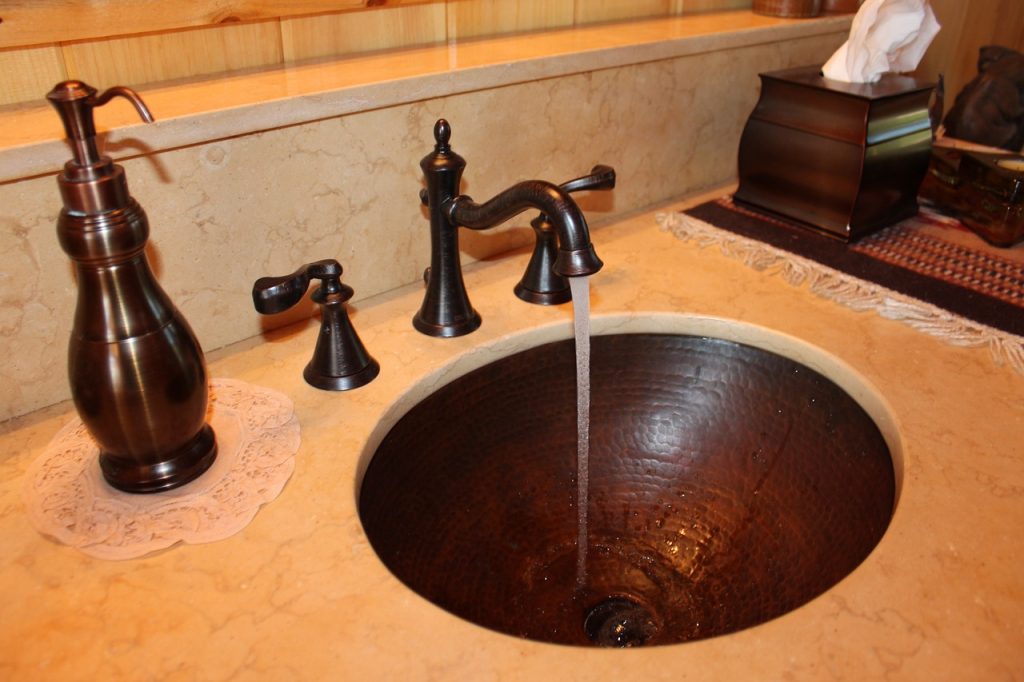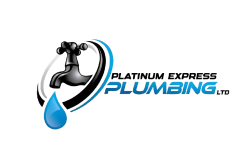Prevention of Future Clogs
Prevention of Future Clogs

Prevention of Future Clogs: Power Flush Services
In the fast-paced world we live in, plumbing systems often bear the brunt of our daily activities, leading to clogs and backups that can disrupt our lives. While most homeowners are familiar with common plumbing issues, many overlook the importance of preventative maintenance. One effective method for ensuring a smooth-flowing plumbing system is through thorough power flush services. This service is not just a quick fix; it’s a proactive approach to maintaining the health of your plumbing system.
Power Flushing
Power flushing is a specialized cleaning method that utilizes high-pressure water jetting to remove stubborn blockages and buildup in your plumbing system. Over time, grease, sediment, and other debris can accumulate in pipes, leading to decreased water flow and increased risk of clogs. A power flush service employs advanced equipment to deliver a concentrated stream of water into the pipes, effectively breaking up and flushing away these obstructions. This method is especially beneficial for older plumbing systems, where mineral buildup can significantly hinder performance.
The Importance of Preventative Maintenance
Most homeowners tend to wait until a clog occurs before seeking plumbing services. However, by implementing preventative maintenance measures like power flushing, you can significantly reduce the likelihood of future plumbing issues. Regular power flushing not only enhances the efficiency of your plumbing system but also extends the lifespan of your pipes. By removing harmful buildups before they become serious problems, you can save yourself time, money, and stress in the long run.
How Power Flushing Works
The process begins with a thorough inspection of your plumbing system to identify any areas that may be prone to clogs. Once problem areas are located, a professional plumber will set up the power flushing equipment. This involves connecting the high-pressure water jet to your plumbing system and adjusting the pressure settings to ensure optimal performance.
The plumber will then initiate the flushing process, directing powerful jets of water into the pipes. The high-pressure water works to dislodge grease, sediment, and other debris, pushing it through the system and out into the sewer line. The result is a clean and clear plumbing system that can handle everyday use without the worry of clogs.
Benefits of Power Flushing
-
Improved Water Flow: One of the immediate benefits of a power flush is the noticeable improvement in water flow. Homeowners often report that their faucets and showers operate more efficiently after the service, providing a consistent and strong flow of water.
-
Reduction in Plumbing Issues: By regularly power flushing your plumbing system, you can prevent the buildup of materials that lead to clogs. This proactive approach minimizes the chances of experiencing sudden plumbing emergencies, such as overflowing toilets or backed-up drains.
-
Enhanced Longevity of Plumbing Systems: Like any system, your plumbing works best when properly maintained. Power flushing helps prevent wear and tear on pipes caused by corrosive materials and buildup. Over time, this maintenance can extend the lifespan of your plumbing, saving you from costly repairs or replacements down the line.
-
Improved Indoor Air Quality: Clogged plumbing can lead to unpleasant odors, which can permeate your living spaces. By ensuring that your plumbing is free of blockages, you can maintain a cleaner and healthier home environment.
-
Cost-Effective Solution: While power flushing is an investment, it’s much more cost-effective than dealing with significant plumbing repairs. By addressing potential issues before they escalate, you can save money on emergency services and extensive repairs.
When to Consider Power Flushing
While the benefits of power flushing are clear, you may be wondering when the best time to schedule this service is. Many professionals recommend having a power flush performed every 1-2 years, depending on your usage and the age of your plumbing system. However, there are certain signs that may indicate it’s time for a power flush:
-
Slow Drains: If you notice that water is draining slowly in sinks, showers, or tubs, it may be a sign of buildup in the pipes.
-
Frequent Clogs: If you find yourself dealing with clogs more often than usual, it’s wise to consider preventative measures like power flushing.
-
Unpleasant Odors: If your plumbing emits foul smells, it could indicate the presence of decomposing debris in the pipes.
-
Age of Plumbing: Older homes with aging plumbing systems can benefit greatly from power flushing, as they are more prone to sediment and grease buildup.
Choosing the Right Service Provider
When it comes to power flushing, it’s essential to choose a service provider that is experienced and knowledgeable. A reputable plumbing company will have the right equipment and trained professionals who understand the nuances of power flushing. They will assess your specific plumbing needs and provide tailored solutions to ensure the best results.
Additionally, you want to work with a company that values customer satisfaction and transparency. Look for providers who offer clear pricing, detailed service descriptions, and a commitment to quality workmanship.
Power flushing is a powerful tool in the arsenal of plumbing maintenance, providing homeowners with the means to prevent future clogs and maintain an efficient plumbing system. By investing in this service, you not only enhance the performance of your plumbing but also safeguard your home from the disruptions caused by unexpected plumbing issues. Prioritizing preventative maintenance through power flushing can lead to a smoother, more efficient home experience, allowing you to focus on what matters most.
FAQs
To prevent future clogs, consider these tips:
Use Drain Screens: Place mesh screens over drains to catch hair, food particles, and other debris.
Avoid Pouring Grease: Never pour cooking grease or oil down the drain, as it solidifies and can block pipes. Dispose of it in a container and throw it in the trash.
Flush Drains Regularly: Flush drains with hot water once a week to help dissolve and wash away any buildup. For deeper cleaning, occasionally use a mixture of baking soda and vinegar.
Mind What You Flush: Only flush toilet paper and waste in toilets. Avoid flushing wipes, cotton balls, and other items that can cause blockages.
To prevent drain clogs specifically, consider these tips:
Use a Drain Catcher: In sinks, tubs, and showers, a drain catcher can trap hair and other particles before they reach the pipes.
Dispose of Food Scraps Properly: Avoid washing food scraps down the kitchen sink, even if you have a garbage disposal. Scrape plates and dispose of food waste in the trash.
Avoid Soap Scum Buildup: Use less soap in showers and bathtubs to reduce soap scum, which can accumulate in pipes. If possible, switch to liquid soap, which tends to leave less residue than bar soap.
For clogs, one of the best solutions is a plunger, which is effective for minor blockages. For tougher clogs, consider these options:
Baking Soda and Vinegar: Pour a cup of baking soda followed by a cup of vinegar down the drain. Let it sit for 15-30 minutes, then flush with hot water.
Enzyme Drain Cleaners: These eco-friendly cleaners contain bacteria that break down organic matter, making them safe for pipes and septic systems.
Plumbing Snake or Auger: For deeper clogs, a drain snake or auger can help break up and remove the blockage.
Professional Drain Cleaners: For stubborn clogs that don't respond to DIY methods, a professional drain cleaner may be necessary.
To effectively deal with clogs, follow these steps:
Try a Plunger First: Place the plunger over the drain and press down firmly. Pull up quickly to create suction that can dislodge the clog.
Use a Drain Snake: Insert the drain snake into the pipe until you feel resistance, then rotate and pull it out, hopefully bringing the clog with it.
Apply a Natural Solution: Use the baking soda and vinegar method for eco-friendly unclogging.
Call a Professional: If the clog persists or if it's affecting multiple drains in your home, it may indicate a larger issue in the main sewer line, requiring professional attention.
